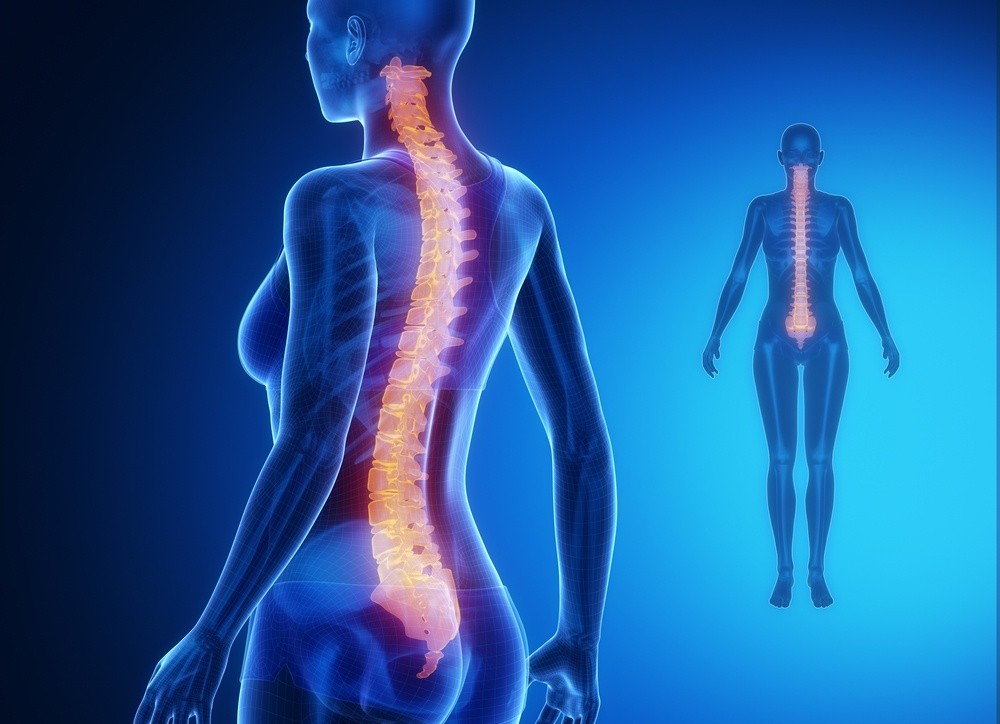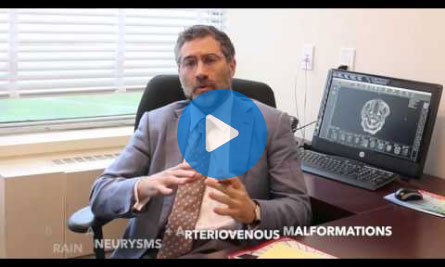- PATIENT FORMS | REQUEST A CONSULTATION | CONTACT US
- 1-844-NSPC-DOC
Stroke
What Is a Stroke?
Take ActionSymptoms of Stroke
The symptoms below may indicate a stroke, which requires immediate medical attention:
- A severe headache with no known cause
- Blurry vision
- Difficulty speaking or swallowing
- Weakness, numbness or paralysis on one or both sides of the body
- Loss of balance
- Confusion


Neurosurgical Treatments for Stroke at NSPC in New York
Treatment for stroke will depend on a number of factors including the type of stroke, if there is a known cause, and the health and age of the patient. Our multidisciplinary team of doctors represents a range of surgical and nonsurgical specialties including cerebrovascular and endovascular conditions including stroke, cerebral aneurysms, arteriovenous malformations, carotid stenosis, and post-stroke pain.
During an ischemic stroke, restoring the blood supply to the oxygen-deprived brain tissue is paramount to preventing brain damage and maintaining brain function.
Medications such as aspirin to prevent additional clots from forming or clot-busting drugs may be given.
Anti-clotting drugs such as tissue plasminogen activator (tPA) may also be delivered to the brain via an endovascular procedure called thrombolysis.
Endovascular procedures such as angioplasty and stenting can remove blockages of the brain’s blood vessels. During an angioplasty and stenting procedure, a very thin catheter is threaded through the artery in your groin to the site of the occlusion, the balloon is inflated to widen the blood vessel and a stent is put in place to support the artery.
A carotid endarterectomy is the physical removal of the buildup of plaque on the lumen, or inner wall, of the carotid artery. Both angioplasty and stenting and a carotid endarterectomy can reduce the risk of a stroke or the occurrence of a second stroke.
A hemorrhagic stroke requires treatment to limit bleeding and relieve pressure on the brain. Medications may be introduced to prevent seizures, halt vasospasms, reduce your blood pressure, or to lower your intracranial pressure.
A number of advanced techniques may be used to surgically repair your blood vessels. The type of surgery will be dependent on a number of factors including what is causing the hemorrhagic stroke.
Neurosurgeons perform surgical clipping and endovascular embolization to prevent a brain lesion from rupturing or bleeding or to avert additional ruptures.
- Surgical clipping involves the placement of a small clip at the neck or base of an aneurysm, halting blood flow to an aneurysm.
- Endovascular embolization for an aneurysm and embolization for cerebral arteriovenous malformation are less invasive procedures that use a catheter to deliver a tiny coil to the lesion to prevent blood flow, preventing its bursting.
An intracranial bypass is a type of cerebral revascularization procedure that brings blood flow to areas of the brain that need additional blood.
Some smaller arteriovenous malformations (AVMs) on the surface of the brain can sometimes be removed surgically, with less risk of damage to brain tissue. Another form of treatment for cerebral AVMs is stereotactic radiosurgery. This minimally invasive treatment treats the malformations with a precise beam of radiation that occludes the blood vessels of the AVM.
If you’d like to speak to a stroke specialist about a treatment plan — including management of post-stroke pain, contact NSPC to arrange a consultation at one of our locations on Long Island, New York. Our award-winning physicians are here to help patients obtain the best possible outcomes.

Related NSPC Center
Neuroendovascular Center
NSPC provides world-class care for cerebrovascular conditions such as brain aneurysms, cerebral arteriovenous malformations (AVMs), stroke, and carotid stenosis. Our neuroendovascular surgeons are experienced in minimally invasive procedures and traditional surgeries — so you have the best treatment options available.
Connect With Our 7 Convenient Locations
across Long Island, NY
Our expert physicians, surgeons and doctors are ready to serve you at our 7 convenient locations across Long Island, NY. Connect today to learn how our award winning, world class experts can help.
4250 Hempstead Turnpike Suite 4,
Bethpage, NY 11714
(516) 605-2720
COMMACK
353 Veterans Memorial Hwy,
Commack, NY 11725
(631) 864-3900
One Hollow Lane, Suite 212
Lake Success, NY 11042
(516) 442-2250
MANHATTAN
215 E. 77th Street Ground Floor
New York, NY 10075
(646) 809-4719
PORT JEFFERSON STATION
1500-8A Route 112,
Port Jefferson Station, NY 11776
(631) 828-3001
100 Merrick Road, Suite 128W
Rockville Centre, NY 11570
(516) 255-9031
WEST ISLIP
500 Montauk Hwy
West Islip, NY 11795
(631) 983-8400
World
Class
Expertise
For over 50 years & 350,000 patients NSPC has been a trusted global medical leader.
Contact us today for an appointment or consultation.
